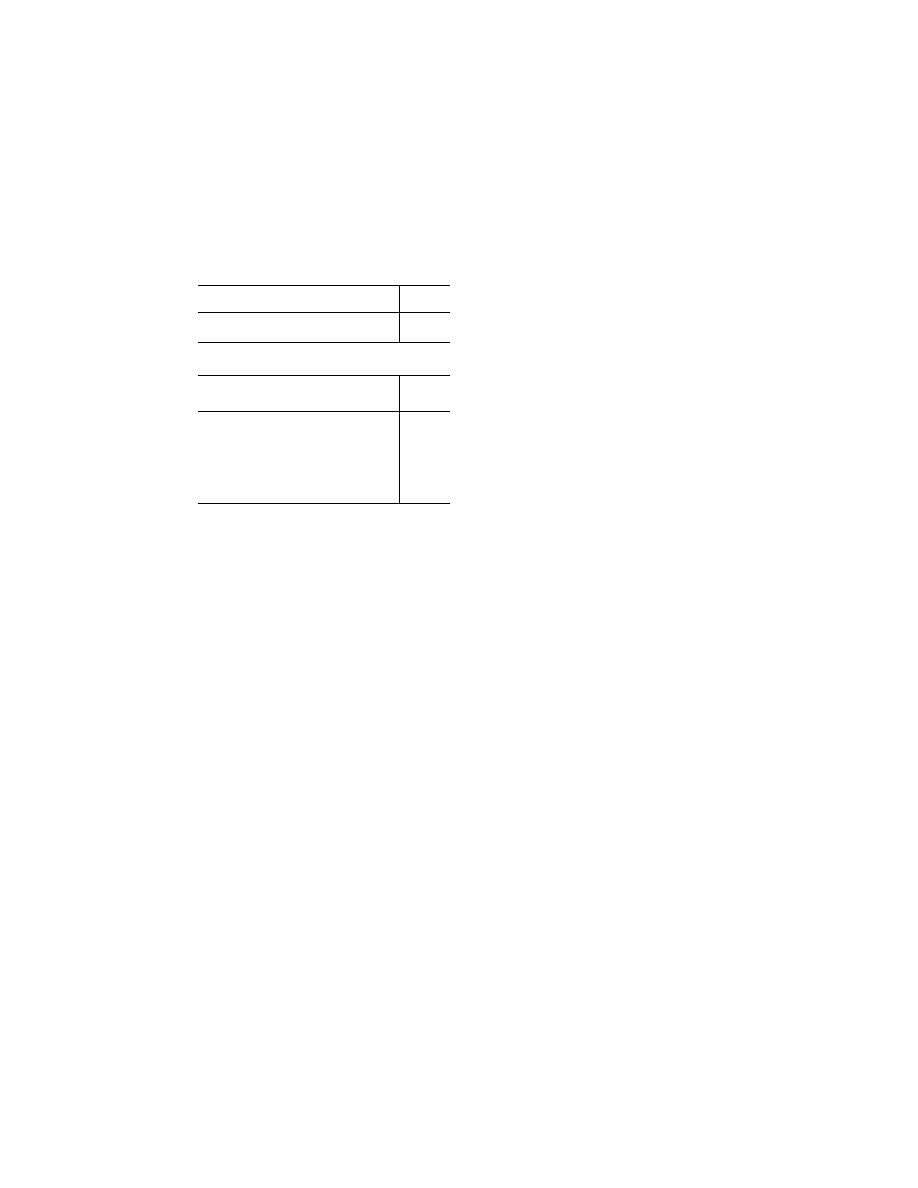
859
Federal Aviation Administration, DOT
Pt. 43, App. F
T
ABLE
III—F
RICTION
—Continued
Altitude (feet)
Tolerance
(feet)
40,000 ..................................................................
180
50,000 ..................................................................
250
T
ABLE
IV—P
RESSURE
-A
LTITUDE
D
IFFERENCE
Pressure (inches of Hg)
Altitude dif-
ference
(feet)
28.10 ....................................................................
¥
1,727
28.50 ....................................................................
¥
1,340
29.00 ....................................................................
¥
863
29.50 ....................................................................
¥
392
29.92 ....................................................................
0
30.50 ....................................................................
+ 531
30.90 ....................................................................
+ 893
30.99 ....................................................................
+ 974
(Secs. 313, 314, and 601 through 610 of the Fed-
eral Aviation Act of 1958 (49 U.S.C. 1354, 1355,
and 1421 through 1430) and sec. 6(c), Dept. of
Transportation Act (49 U.S.C. 1655(c)))
[Amdt. 43–2, 30 FR 8262, June 29, 1965, as
amended by Amdt. 43–7, 32 FR 7587, May 24,
1967; Amdt. 43–19, 43 FR 22639, May 25, 1978;
Amdt. 43–23, 47 FR 41086, Sept. 16, 1982; Amdt.
43–31, 54 FR 34330, Aug. 18, 1989; Doc. No.
FAA–2015–1621, Amdt. 43–49, 81 FR 96700, Dec.
30, 2016]
A
PPENDIX
F
TO
P
ART
43—ATC
T
RANSPONDER
T
ESTS AND
I
NSPECTIONS
The ATC transponder tests required by
§ 91.413 of this chapter may be conducted
using a bench check or portable test equip-
ment and must meet the requirements pre-
scribed in paragraphs (a) through (j) of this
appendix. If portable test equipment with ap-
propriate coupling to the aircraft antenna
system is used, operate the test equipment
for ATCRBS transponders at a nominal rate
of 235 interrogations per second to avoid pos-
sible ATCRBS interference. Operate the test
equipment at a nominal rate of 50 Mode S in-
terrogations per second for Mode S. An addi-
tional 3 dB loss is allowed to compensate for
antenna coupling errors during receiver sen-
sitivity measurements conducted in accord-
ance with paragraph (c)(1) when using port-
able test equipment.
(a) Radio Reply Frequency:
(1) For all classes of ATCRBS tran-
sponders, interrogate the transponder and
verify that the reply frequency is 1090
±
3
Megahertz (MHz).
(2) For classes 1B, 2B, and 3B Mode S tran-
sponders, interrogate the transponder and
verify that the reply frequency is 1090
±
3
MHz.
(3) For classes 1B, 2B, and 3B Mode S tran-
sponders that incorporate the optional 1090
±
1 MHz reply frequency, interrogate the
transponder and verify that the reply fre-
quency is correct.
(4) For classes 1A, 2A, 3A, and 4 Mode S
transponders, interrogate the transponder
and verify that the reply frequency is 1090
±
1
MHz.
(b) Suppression: When Classes 1B and 2B
ATCRBS Transponders, or Classes 1B, 2B,
and 3B Mode S transponders are interrogated
Mode 3/A at an interrogation rate between
230 and 1,000 interrogations per second; or
when Classes 1A and 2A ATCRBS Tran-
sponders, or Classes 1B, 2A, 3A, and 4 Mode S
transponders are interrogated at a rate be-
tween 230 and 1,200 Mode 3/A interrogations
per second:
(1) Verify that the transponder does not re-
spond to more than 1 percent of ATCRBS in-
terrogations when the amplitude of P
2
pulse
is equal to the P
1
pulse.
(2) Verify that the transponder replies to
at least 90 percent of ATCRBS interrogations
when the amplitude of the P
2
pulse is 9 dB
less than the P
1
pulse. If the test is con-
ducted with a radiated test signal, the inter-
rogation rate shall be 235
±
5 interrogations
per second unless a higher rate has been ap-
proved for the test equipment used at that
location.
(c) Receiver Sensitivity:
(1) Verify that for any class of ATCRBS
Transponder, the receiver minimum trig-
gering level (MTL) of the system is
¥
73
±
4
dbm, or that for any class of Mode S trans-
ponder the receiver MTL for Mode S format
(P6 type) interrogations is
¥
74
±
3 dbm by use
of a test set either:
(i) Connected to the antenna end of the
transmission line;
(ii) Connected to the antenna terminal of
the transponder with a correction for trans-
mission line loss; or
(iii) Utilized radiated signal.
(2) Verify that the difference in Mode 3/A
and Mode C receiver sensitivity does not ex-
ceed 1 db for either any class of ATCRBS
transponder or any class of Mode S trans-
ponder.
(d) Radio Frequency (RF) Peak Output
Power:
(1) Verify that the transponder RF output
power is within specifications for the class of
transponder. Use the same conditions as de-
scribed in (c)(1)(i), (ii), and (iii) above.
(i) For Class 1A and 2A ATCRBS tran-
sponders, verify that the minimum RF peak
output power is at least 21.0 dbw (125 watts).
(ii) For Class 1B and 2B ATCRBS Tran-
sponders, verify that the minimum RF peak
output power is at least 18.5 dbw (70 watts).
(iii) For Class 1A, 2A, 3A, and 4 and those
Class 1B, 2B, and 3B Mode S transponders
that include the optional high RF peak out-
put power, verify that the minimum RF peak
output power is at least 21.0 dbw (125 watts).
(iv) For Classes 1B, 2B, and 3B Mode S
transponders, verify that the minimum RF
VerDate Sep<11>2014
12:50 Apr 30, 2019
Jkt 247046
PO 00000
Frm 00869
Fmt 8010
Sfmt 8002
Y:\SGML\247046.XXX
247046
spaschal on DSK3GDR082PROD with CFR